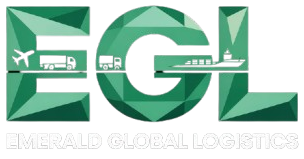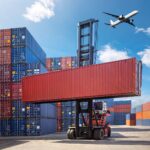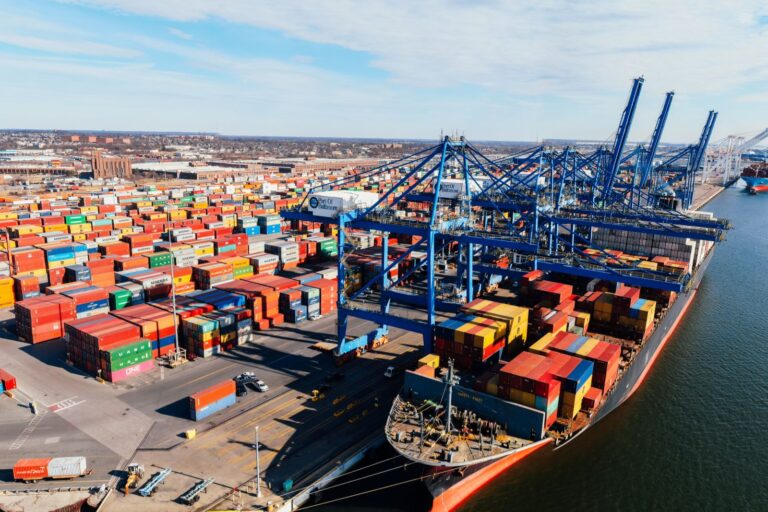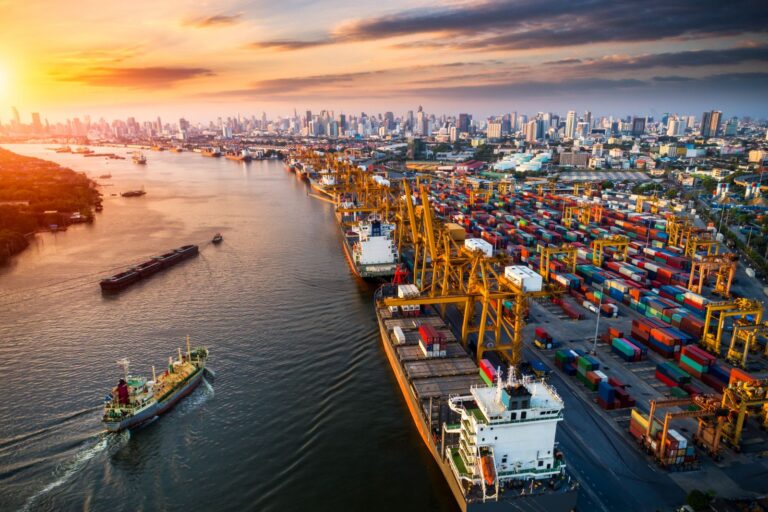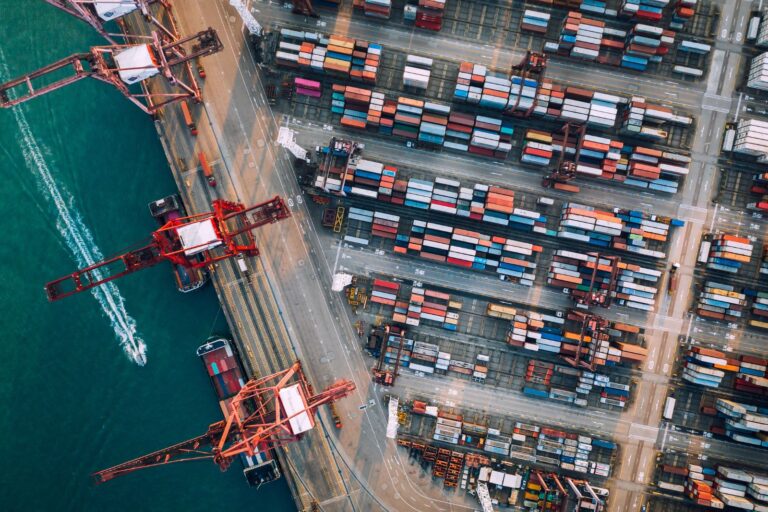In today’s global marketplace, businesses often hear the terms freight forwarding and logistics, but many are unclear about the difference. Misunderstanding these concepts can lead to inefficient supply chains, increased costs, and delayed shipments. Understanding the freight forwarding vs logistics difference is essential for businesses seeking to optimise their shipping and supply chain operations.
At EGL – Emerald Global Logistics, we provide expert guidance and tailored solutions for companies across Australia. By clarifying the distinction and showing how both services work together, businesses can streamline operations, reduce costs, and improve customer satisfaction. This comprehensive guide explores definitions, processes, benefits, best practices, and examples to help companies make informed decisions.
What is Freight Forwarding? (H2)
Definition and Scope (H3)
Freight forwarding involves coordinating the movement of goods from one location to another, typically across international borders. Freight forwarders act as intermediaries between exporters/importers and carriers, managing documentation, customs clearance, and transportation arrangements.
Key responsibilities include:
- Booking cargo space with shipping lines, airlines, or trucking companies.
- Preparing and verifying shipping documentation.
- Handling customs clearance and compliance.
- Providing cargo insurance options.
Benefits of Freight Forwarding (H3)
- Streamlines international shipping processes.
- Ensures compliance with customs and trade regulations.
- Reduces delays with professional documentation management.
- Provides cost-effective shipping solutions through negotiated carrier rates.
What is Logistics? (H2)
Definition and Scope (H3)
Logistics is a broader concept that encompasses planning, implementing, and controlling the movement and storage of goods, services, and information within the supply chain. It includes inbound, outbound, internal, and reverse logistics operations.
Key components include:
- Transportation management (road, rail, sea, air).
- Warehousing and inventory management.
- Order fulfilment and distribution.
- Supply chain strategy and optimisation.
Benefits of Logistics (H3)
- Enhances overall supply chain efficiency.
- Reduces operational costs through streamlined processes.
- Improves inventory management and demand forecasting.
- Supports better customer service and on-time deliveries.
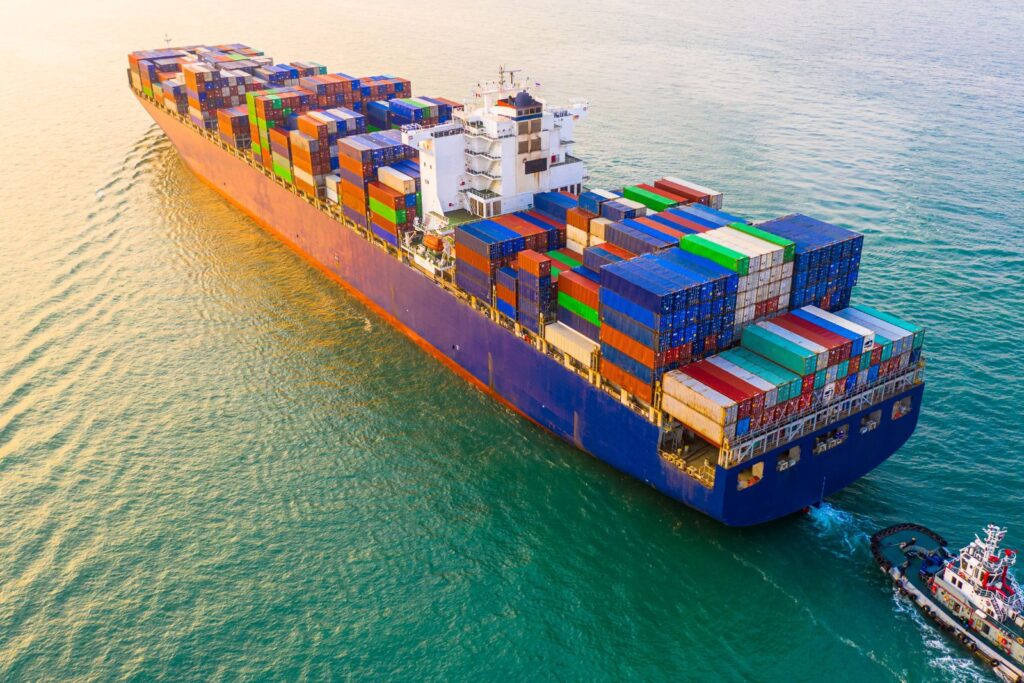
Freight Forwarding vs Logistics: Key Differences (H2)
| Aspect | Freight Forwarding | Logistics |
|---|---|---|
| Scope | Focused on transportation and shipment coordination | Broader, includes storage, inventory, and supply chain management |
| Function | Acts as an intermediary between shipper and carrier | Manages end-to-end supply chain operations |
| Documentation | Handles customs paperwork and cargo documentation | Includes documentation as part of overall process management |
| Planning | Mainly shipment scheduling | Supply chain strategy, warehouse optimisation, and distribution planning |
| Cost Management | Negotiates shipping rates | Manages costs across transportation, storage, and fulfilment |
At EGL – Emerald Global Logistics, we integrate both freight forwarding and logistics services to provide seamless supply chain solutions for businesses across Australia.
Step-by-Step Guide: How Freight Forwarding and Logistics Work Together (H2)
- Order Placement: Business confirms shipment requirements.
- Freight Forwarding Coordination: Forwarders book carriers, prepare documentation, and arrange customs clearance.
- Transportation: Goods are moved via sea, air, or land transport.
- Warehousing & Inventory: Logistics teams manage storage, track inventory, and prepare for distribution.
- Distribution: Final delivery to customers or retail locations.
- Monitoring & Reporting: Continuous tracking and performance reporting ensure efficiency.
Costs and Pricing Insights (H2)
- Freight forwarding fees: $100–$1,000 per shipment depending on size and distance.
- Logistics management costs: Vary based on warehousing, transport modes, and inventory management.
- Integrated solutions with EGL: Often more cost-effective by combining forwarding and logistics services.
Investing in professional freight forwarding and logistics helps avoid shipment delays, reduce operational costs, and maintain customer satisfaction.
Tips and Best Practices (H2)
- Choose a provider offering both freight forwarding and logistics services.
- Use technology for real-time tracking and supply chain visibility.
- Regularly audit processes to identify inefficiencies.
- Maintain clear documentation to prevent customs issues.
- Collaborate with experienced partners like EGL for tailored solutions.
Common Mistakes to Avoid (H2)
- Confusing freight forwarding with full-scale logistics management.
- Failing to plan for inventory storage and distribution.
- Ignoring customs and documentation requirements.
- Selecting carriers solely on cost without reliability checks.
- Overlooking technology for tracking and supply chain optimisation.
Use Cases & Examples (H2)
Scenario 1: A Melbourne exporter used EGL’s freight forwarding services for customs clearance and international shipping, avoiding delays and fines.
Scenario 2: A Sydney-based retailer combined logistics management with freight forwarding, optimising inventory storage and reducing delivery times.
Scenario 3: EGL helped an eCommerce business integrate real-time tracking, ensuring transparency across forwarding and logistics operations.
FAQs (H2)
Q1: What is the main difference between freight forwarding and logistics?
A1: Freight forwarding focuses on transportation, while logistics covers end-to-end supply chain management.
Q2: Can businesses use both services together?
A2: Yes, integrating forwarding and logistics optimises efficiency and reduces costs.
Q3: Does EGL provide both freight forwarding and logistics services?
A3: Yes, EGL offers tailored solutions combining both services for Australian businesses.
Q4: Are freight forwarding and logistics costly?
A4: Costs vary, but integrated solutions often provide savings and improved efficiency.
Q5: How do these services benefit international shipping?
A5: They ensure timely delivery, compliance, and optimised supply chain performance.
Conclusion & Call-to-Action (H2)
Understanding the freight forwarding vs logistics difference is crucial for businesses seeking efficient supply chain operations. While freight forwarding manages shipments and documentation, logistics provides comprehensive supply chain management, including storage, distribution, and optimisation.
If you’re ready to streamline your shipping and supply chain operations, contact EGL today for expert support: Contact Us.
Learn more about our services at Home or explore our company background on About Us.
